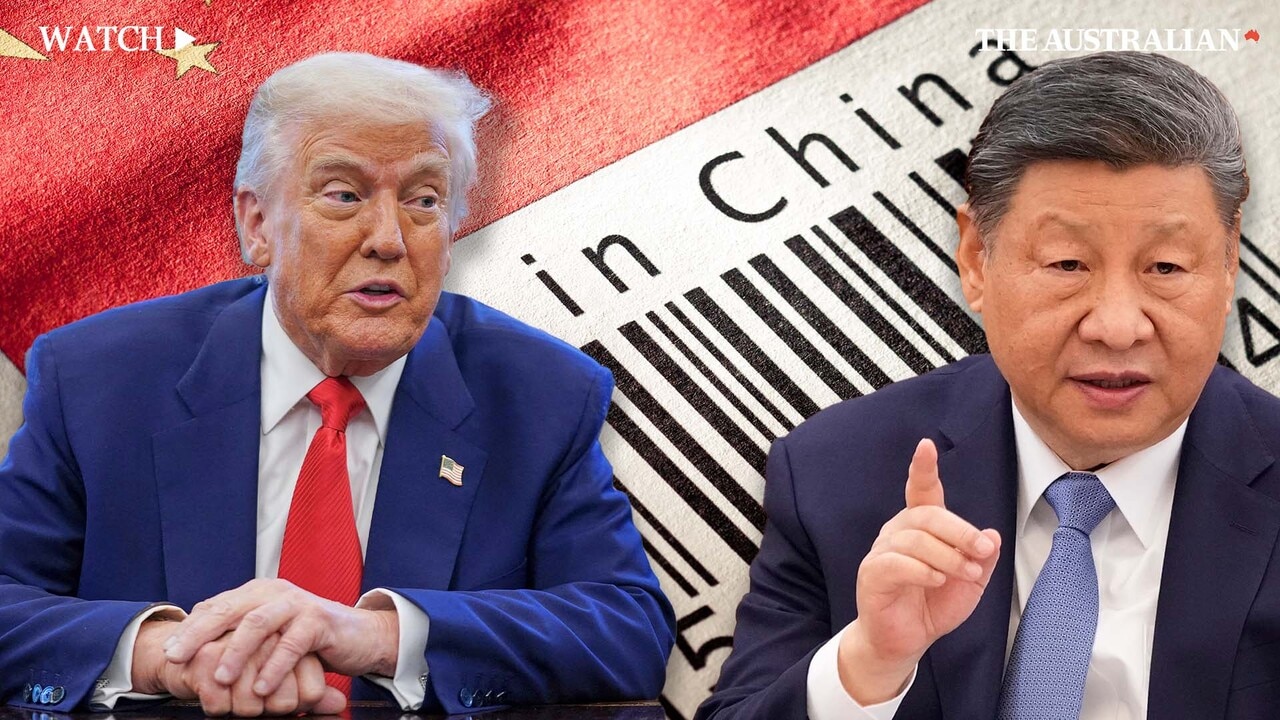
Faced with the prospect of steep export tariffs from the US and a deluge of cheap imports from China, Donald Trump’s overnight announcement of a 90-day implementation pause is a big – if temporary – relief for Southeast Asia.
As the main beneficiary of years of escalating US trade sanctions on China, the world’s most dynamic economic bloc took the lion’s share of punishment from the Trump administration’s new imposts.
The tariffs – which ranged from 49 per cent for Cambodia, 46 per cent for powerhouse manufacturer Vietnam, to 36 per cent for Thailand and 32 per cent for Indonesia – were as harsh as they were nonsensical, given the degree to which US manufacturers have also benefited from Southeast Asian commodities and cheaply produced components.
Whatever your preferred metaphor – crushed grass beneath brawling elephants, spam in the sandwich – Trump’s trade tactics have manifested Southeast Asia’s worst fears: that the escalating great power rivalry in its ’hood would force it to choose between its largest trading partner and its historic security guarantor.
No one wants to do that, not even Laos, which – of all the regional bloc members – looks most like a Chinese client state.

It’s not just that the region needs a benevolent US presence to balance China’s ever-rising assertiveness.
As economists have said repeatedly in recent days, there is no single substitute for the US market.
Exports to the US contribute about 30 per cent of Vietnam’s GDP, 25 per cent for Cambodia, and just under 10 per cent for Thailand, whose long underperforming economy can scarcely afford another blow.
Indonesia is less dependent on exports than most of its neighbours, and in any case sells more to China than the US.
But it, too, relies on the US market to maintain a balance that does not leave it exposed to the sort of trade coercion so many nations – including Australia – have suffered at the hands of Beijing.
All ASEAN states share a common ambition to push their economies into upper-income status and pull millions more of their people out of poverty – largely by selling more products to the world, and in particular its biggest consumer society, America.
All are aware of the enormous political and social disruption that can occur if they cannot deliver that and their populations feel themselves slipping pack into poverty.
In a joint ASEAN statement issued on Thursday, the bloc said both the tariffs and the subsequent pause had “caused uncertainty and will bring significant challenges to businesses, especially micro, small, and medium enterprises, as well as to global trade dynamics”.
While Asean nations were committed to a frank and constructive trade dialogue with the US it vowed to “seek out opportunities for economic cooperation with new partners”.
China may be the region’s biggest trading partner, but it sells a lot more than it buys, and turning its domestic market into a more voracious consumer of imports is likely a generational project.

Trump’s pause, announced just as Southeast Asian delegations were landing in DC for talks, has given the bloc and the 10 diverse economies it represents some breathing space.
That will be a huge relief for Vietnam especially, which was facing some of the most severe trade punishment, notwithstanding the huge strides its bilateral relationship with the US has taken in recent years – a diplomatic move motivated in no small part by Hanoi’s desire to build on its export success there.
But the pause will do little to ease the vertigo brought on by the sharp shocks and turns of recent weeks.
Vietnam, of course, is no stranger to US capriciousness.
Fifty years ago this month its southern capital, Saigon, fell to north Vietnamese troops, forcing what for decades had been thought of as America’s most humiliating withdrawal – that is until Washington left 41 million hapless Afghans to their appalling fate in 2021.
Saigon’s fall and America’s retreat marked the end of the American war – as it was logically known in Vietnam – and the reunification of the country under communist rule.
It has been a long and difficult path to the economic dynamism that Vietnam has achieved today and – like its neighbours – it will do all it must to avoid a backwards slide.
Trump may think he is shocking the neighbourhood into submission by normalising trade aggression through an extreme opening gambit that can be partly wound back to give the impression of a more reasonable position.
But this is a tactic Southeast Asia, a region that by nature of its geography and history has had to learn agility and the art of fine geopolitical balance, is deeply familiar with.
China has been playing this game for years.
To the last nation, Southeast Asia has chosen negotiation over confrontation. That is the ASEAN way.
But by playing hardball, Trump is only encouraging more trade diversification and another supply chain pivot – this time one that excludes an unreliable America.



